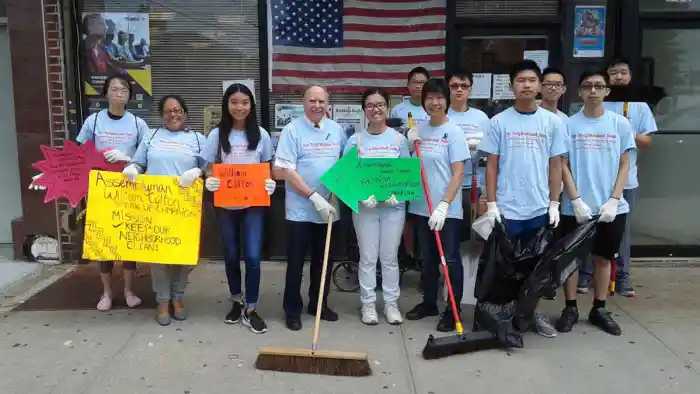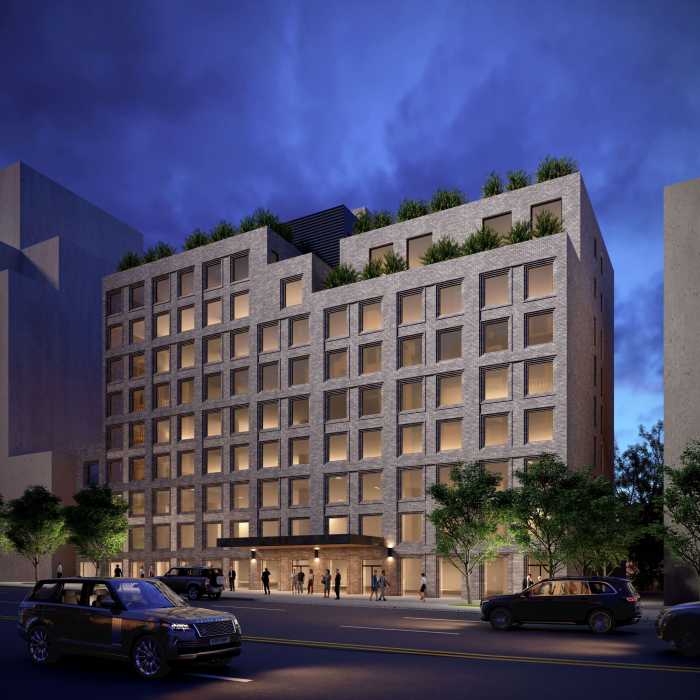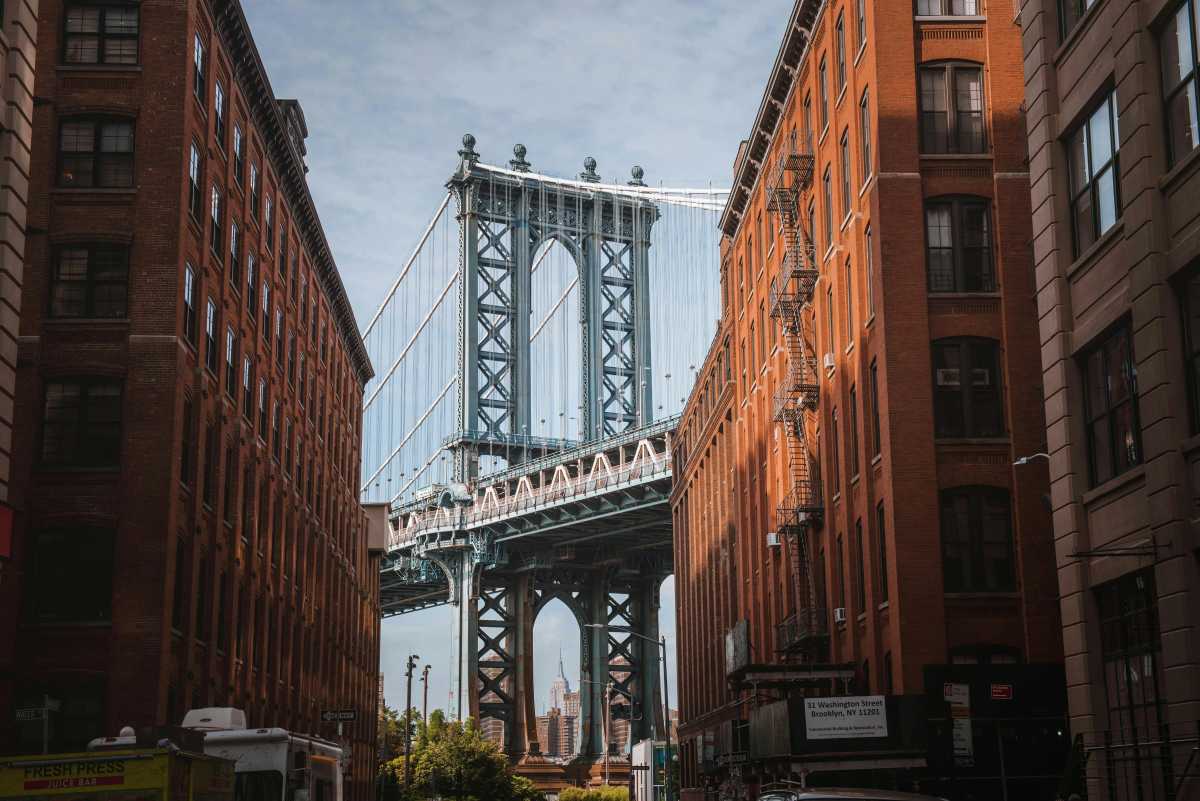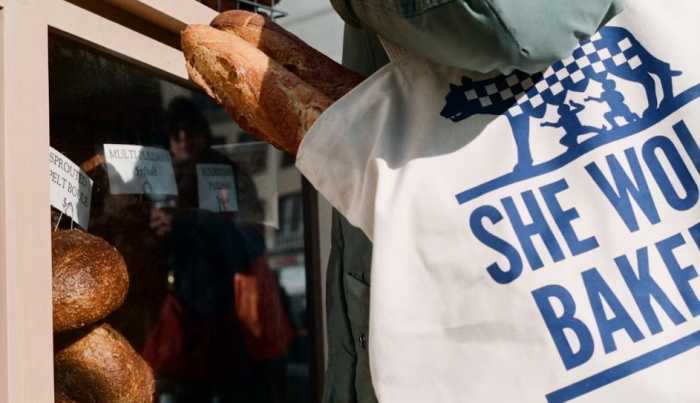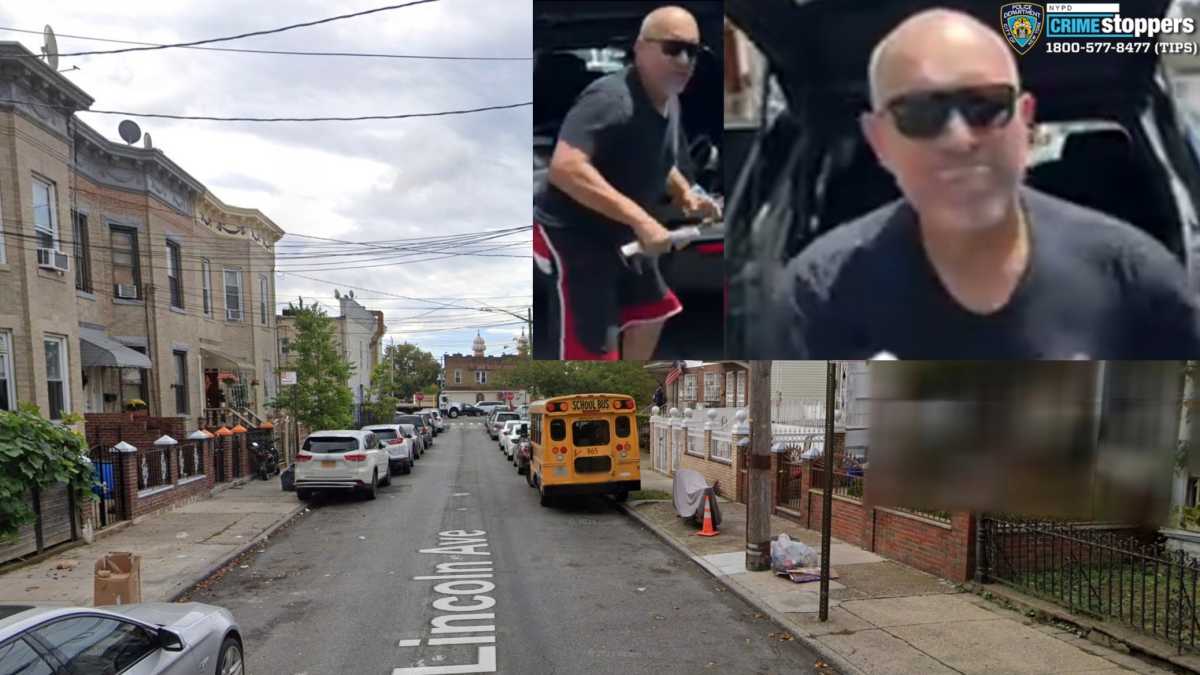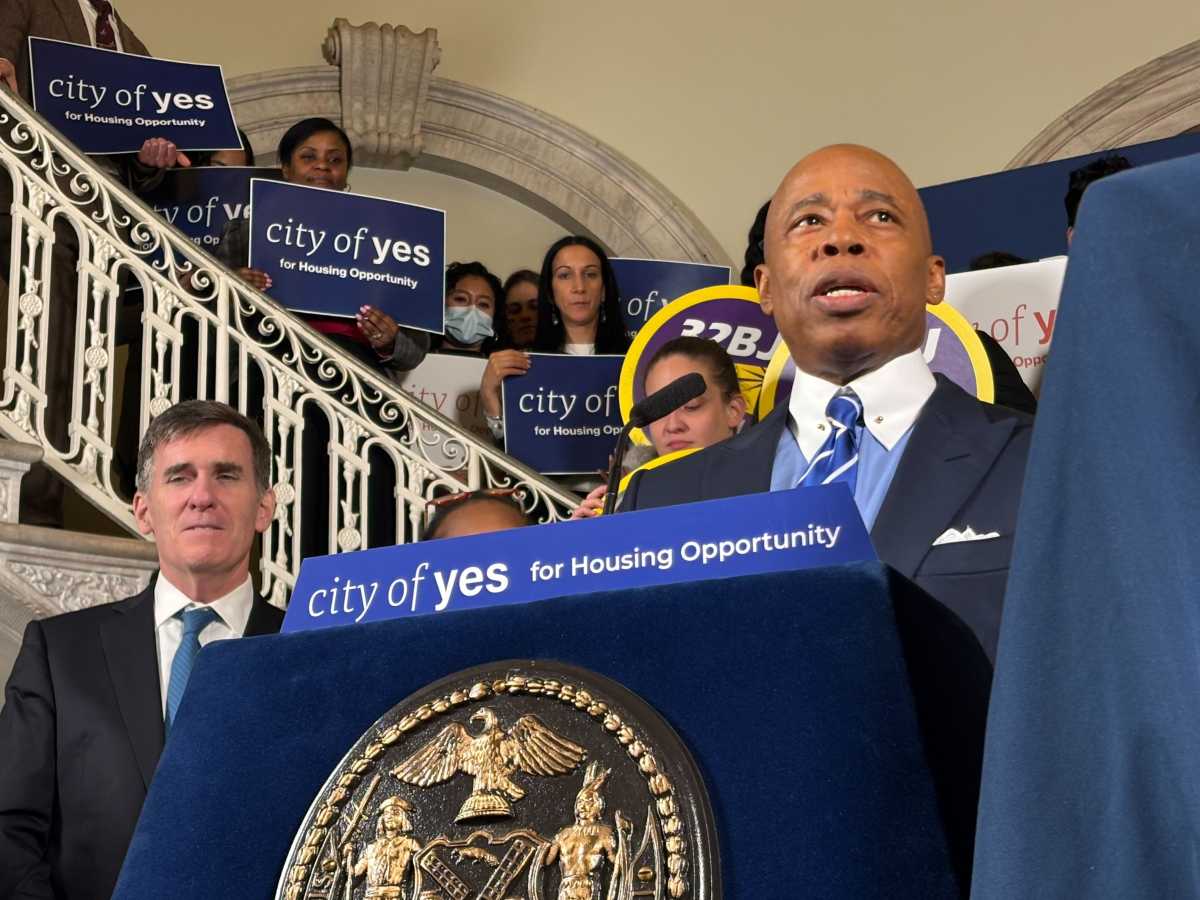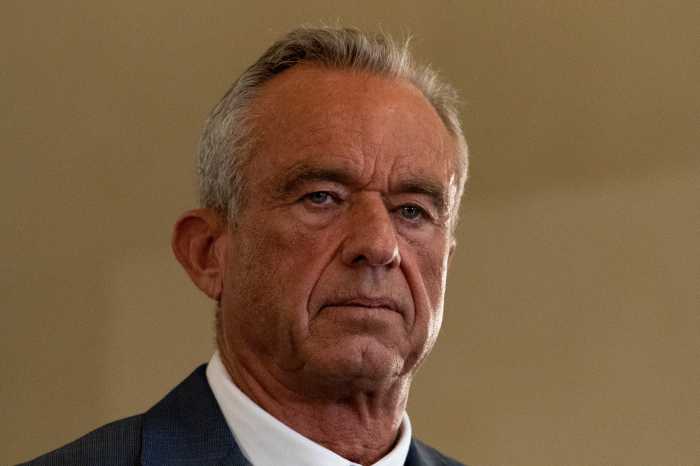Five months after a city fiscal watchdog announced that it would analyze
the cost to taxpayers of developer Bruce Ratner’s proposed $2.5 billion
Atlantic Yards project work has yet to begin on the study.
Officials with the Independent Budget Office, a publicly funded non-partisan
agency, agreed last July to study Ratner’s plan to build a basketball
arena, office skyscrapers and 14 residential-commercial high-rises after
competing private studies alternately painted the Prospect Heights plan
as a major boon to city coffers and a $500 million drain to taxpayers.
But in October, IBO Director Ronnie Lowenstein met with Rep. Major Owens,
state Sen. Velmanette Montgomery, City Councilwoman Letitia James, and
neighborhood activists Patti Hagan and Daniel Goldstein — all of
whom are opposed to Atlantic Yards — and told them nothing could
be done until Forest City Ratner turned over detailed financial information,
which it has yet to do.
“If you don’t have that information, it narrows the scope of
what you can do,” said Doug Turetsky, an IBO spokesman. He said in
October that if the agency sensed the negotiations were still “months
and months” away, they might go ahead and complete a very preliminary
report to respond to the immediate interest of local elected officials
and the public. To date, nothing has been prepared.
Forest City Ratner Executive Vice President James Stuckey estimated the
plan could cost the public $500 million at a community meeting on Nov.
29. A study released in July by Columbia University researcher Gustav
Peebles and urban planner Jung Kim estimated a $1 billion price tag for
taxpayers.
And while Ratner said in September that negotiations with the state agencies
presumed to be involved in the project — the Empire State Development
Corporation and the Metropolitan Transportation Authority — would
be completed before the end of this year, the hope of that happening now
appears to be slim.
And there still exists the possibility that Ratner and the ESDC could
sign a memorandum of understanding committing partial funding of the project
before the independent authority has had a chance to weigh in.
“We did ask [IBO] if they could at least make some projection as
to what it would require to support 4,500 or 5,500 new families in terms
of police protection, and fire protection, and traffic safety and schools,
and other things the city would look at paying for,” said Montgomery,
who organized the October meeting.
“They did not give us any indication of when they would have a report
ready,” she said.
“We’ve proceeded generally but haven’t decided what we
might do,” Turetsky said this week. “In part we’re trying
to assess, well, are we going to know soon how much FCR and the city are
going to need in terms of what they’re asking?”
The plan would be built using air rights over 11 acres of MTA-owned railroad
storage yards and 13 acres of private property that could be condemned
under eminent domain for use by Ratner.
At the Nov. 29 meeting, Stuckey said Atlantic Yards would automatically
be eligible for many “as of right” tax incentive and tax abatement
programs that are funded by city taxpayers.
Among the programs is the Industrial Commercial Incentive Program, which
offers property tax exemptions and abatements, and a 421-a tax abatement
for offering the 2,000 units of low- and moderate-income housing they
have pledged.
The city Economic Development Corporation praised the Ratner project at
a City Council hearing on May 4, with a spokesperson saying “the
benefits outweigh the costs.”
When asked by council members how much money the city would have to fork
over, the agency said they were still working on the numbers but would
have them in “several weeks.”
To date, no cost analysis has been released by the EDC, and a spokeswoman
said this week that none would be available until the specifics of the
plan were announced by Ratner.
“Until their plan is final, EDC will not have a full analysis,”
said EDC spokeswoman Janel Patterson, “and we wouldn’t release
anything prematurely.”
Residents shared their concerns at the Nov. 29 meeting, which was co-sponsored
by community boards 2, 6 and 8.
When a question arose about how much the project would cost taxpayers
if it did not “generate enough revenue” to pay off whatever
bonds might be issued to help pay for the development, many audience members
clapped in support of raising that issue.
“It’s the presumption there’s going to be city and state
bonds,” said Stuckey. “What we have asked the public sector
to do is pay for the infrastructure that’s necessary to the project,”
which, he said, is typical of any new development.
“We are simply asking the city to do what it normally does —
to build roads, to build sewers,” he said. Stuckey estimated those
infrastructure costs to be about $500 million.
Montgomery, meanwhile, said she hopes to cajole the IBO into releasing
some sort of study prior to Ratner’s release of a final plan.
“It’s my understanding that Ratner has been looking around for
subsidies already, so it’s not like they have no idea,” said
the Prospect Heights legislator.


